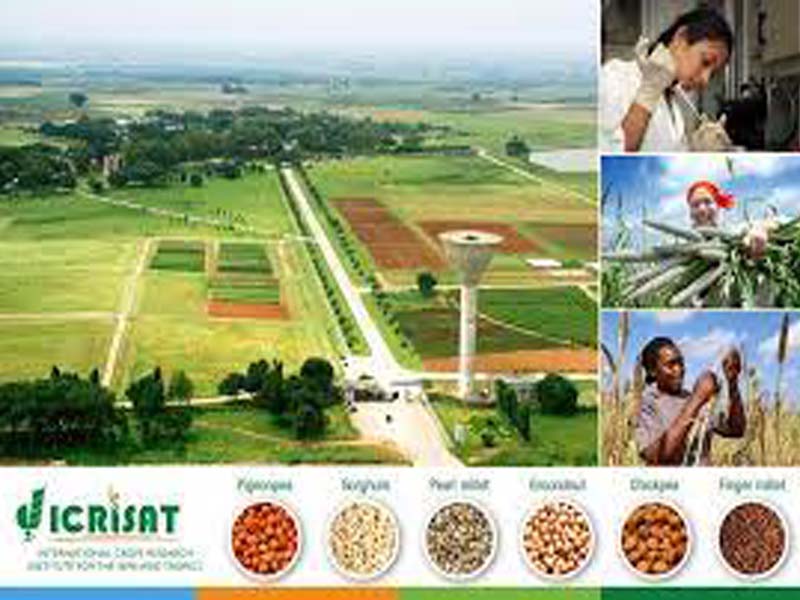ICRISAT-ANEMIA TWO LAST HYDERABAD
Dr. Hemalatha, Director, National Institute of Nutrition (NIN) said, the results of the meta-analysis based on 19 efficacy studies conducted on anemic individuals clearly indicate that including millets in our daily diet, as a meal or beverage, decreases anemia.
Contrary to the belief that micronutrients in millets are not bioavailable, the findings have shown that when millets are included as part of a balanced diet, the iron from millets is bioavailable and improves the hemoglobin status of the participants. Including millets in our daily diet, as suggested in “My Plate for the Day”, have the potential to decrease the burden of anemia in India, said Dr Hemalatha.
“Now that there is strong evidence of the value of millets in reducing or preventing iron deficiency anemia, it is recommended that one major research study be undertaken on anemia covering all the different types of millet, common varieties and all major forms of processing and cooking, using a uniform testing methodology.
This will provide the detail required for designing interventions needed to have a major impact on reducing anemia globally,” said Professor Ian Givens, a co-author of the study and Director at University of Reading’s Institute of Food, Nutrition and Health (IFNH) in the UK.
This study is part of a series of the largest studies ever collated on the impacts of consuming millets. The scientific evidence gathered has surpassed our expectations showing that millets have a significant positive impact on reducing the risks of diabetes which is increasing at dangerous levels and cardiovascular disease which is the number one cause of deaths globally.
Now, we also have strong evidence for the impact of high levels of iron in millets reducing anemia – which is also increasing and in the top three micronutrient deficiencies globally. Millets not only are healthy but target some of our biggest needs, making them a powerful solution for our diets,” highlighted Ms. Joanna Kane-Potaka, former Assistant Director General, ICRISAT, and Executive Director of the Smart Food initiative who is a co-author of the study.
A medical doctor and co-author, Dr Raj Kumar Bhandari, noted, “The National Millet Mission, an initiative of the Government of India, started in 2018 to promote millet production and consumption in our daily diet as an answer to malnutrition and climate change.
Most recently, NITI Aayog has launched Poshan Gyan, a digital repository with 14 thematic areas of health and nutrition, where millets have also been prominently positioned in diverse languages, media types, target audiences and sources.
We are also promoting the use of indigenous grains in the inter-sectoral convergent actions envisaged in the flagship program of Poshan Abhiyan aimed at a reduction of undernutrition, wasting, stunting and anemia.”
The research also showed that processing can significantly increase the amount of iron bioavailable. For example, millet snacks made by expansion (extrusion) increased bioavailable iron 5.4 times, while fermentation, popping and malting more than tripled the iron bioavailable. Germination (sprouting) and decortication (dehulling) more than doubled the bioavailable iron.(UNI)







